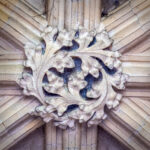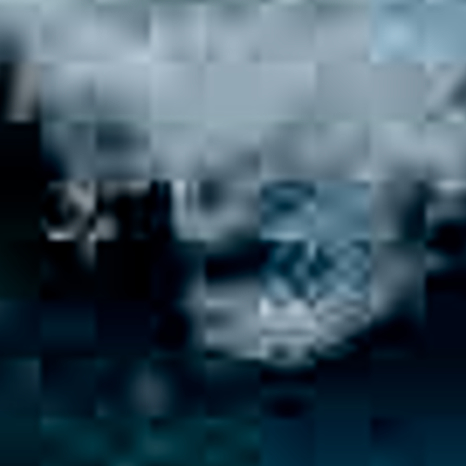Thomas Ruff – JPEGs

Blog post by J M Colberg Review: jpegs by Thomas Ruff
I find that I am with Colberg regarding the Ruff Jpegs. Yes, they are stunning, however the initial images were not his photography! They were stunning from the get-go for the most part. Low resolution digital images that are blown up DO pixilate.
Ruff has made his notoriety based on a ‘happy accident’. He appropriated someone else’s images, and on downloading them as jpegs he found that the low-resolution pixilated images were – to his mind – “terribly beautiful” images.
Is it inventive to blow up other people’s digital images so that they are pixilated and call it an art form? Of interest maybe and quite possibly poster worthy. But is it photography? I think that it is editing.
I’m already wondering why the first sentence in Colberg’s review was to tell me what to think! On the basis of Ruff’s college portraits and jpegs I don’t believe he is one of the “most creative and certainly inventive photographers of our time”. I’ve read similar descriptions about so many photographers that it has become meaningless. Like me it is evident that Colberg doesn’t think the JPEG images are worth the hype either!
Thomas Ruff: Aesthetic of the Pixel by David Campany
Campany’s article is asking more philosophical questions around and about Ruff’s work. He makes some interesting observations about the role of ‘found’ illustrations in artists’ work. He suggests it is a means not only of making sense of our cultural world but also be a way of ‘staying sane’. (Not sure how this happens?)
I don’t understand a lot of what Campany is saying, for example, ‘there is always something wild and unpredictable about the behaviour of images. How do images behave?
Campany talks of Ruff’s preference for working in series, which I think means he has found a technique that interests him and he applies it again and again to different images which make up a body of work in “We see each image as unique but we see that uniqueness only by sensing the grouping or series of which it is a part.” This is how most artists work!
Campany then talks at length about different internet archives or grids or series. He seems to be suggesting that the archive an image is taken from bestows meaning? I’m not sure about that either or why the different archives he speaks of is important? I think the point I’ve missed is that in the end all archives will result in a digital, pixel based image because of the nature of the information world being digitalised on the internet.
Finally, Campany is getting down to the JPEG issue and the pixel that underlies the images. Campany says Ruff has introduced into photographic art the ‘art of the pixel’ and made explicit the nature of the digital image. He offers an interesting notion that the pixel has replaced grain in analogue film images. He rightly observes that the ordered pixel is different to the chaos of grain in an image, however whilst he thinks “our response to the pixel is changing” his only reference is to Ruff’s JPEGs. Even so, we do not see photographers applying pixilation to their images in the same way that grain is applied.



